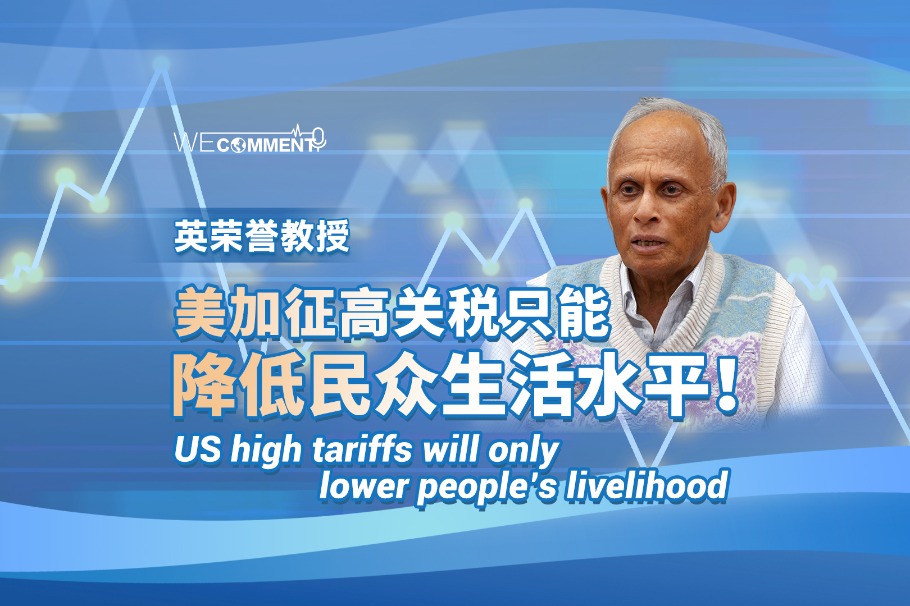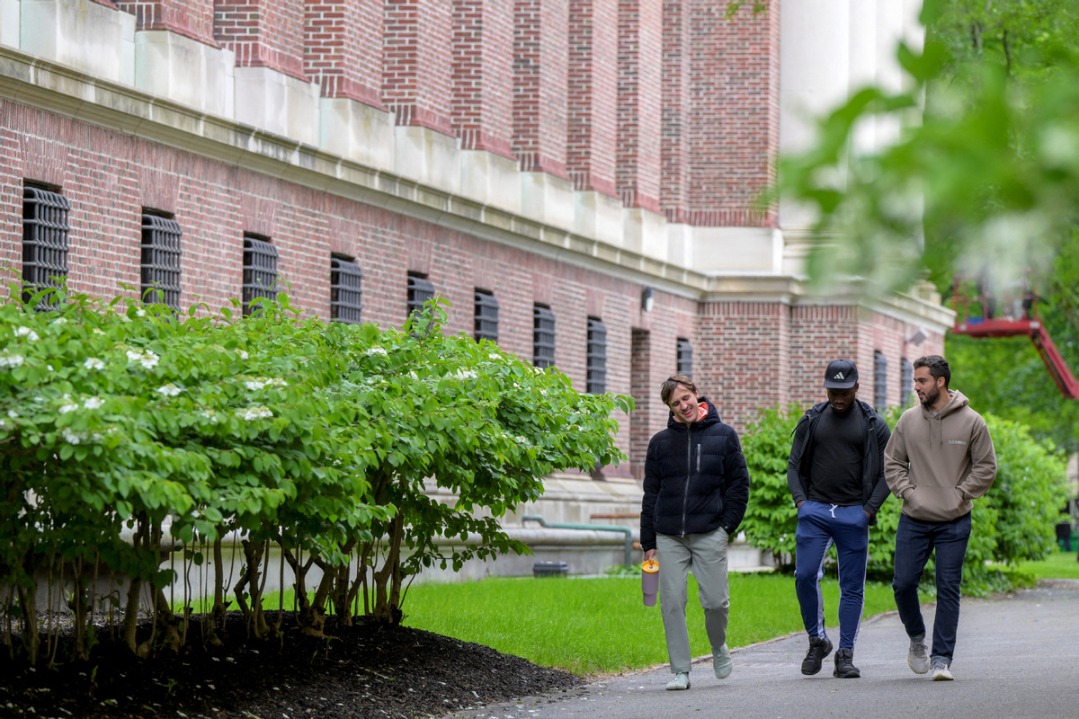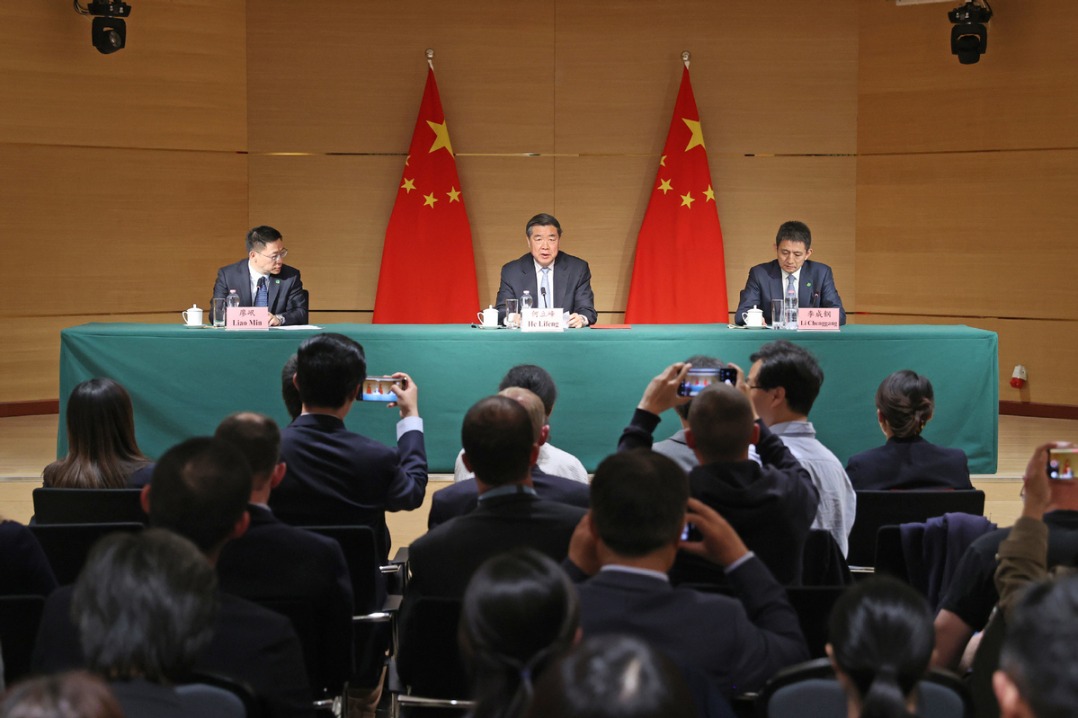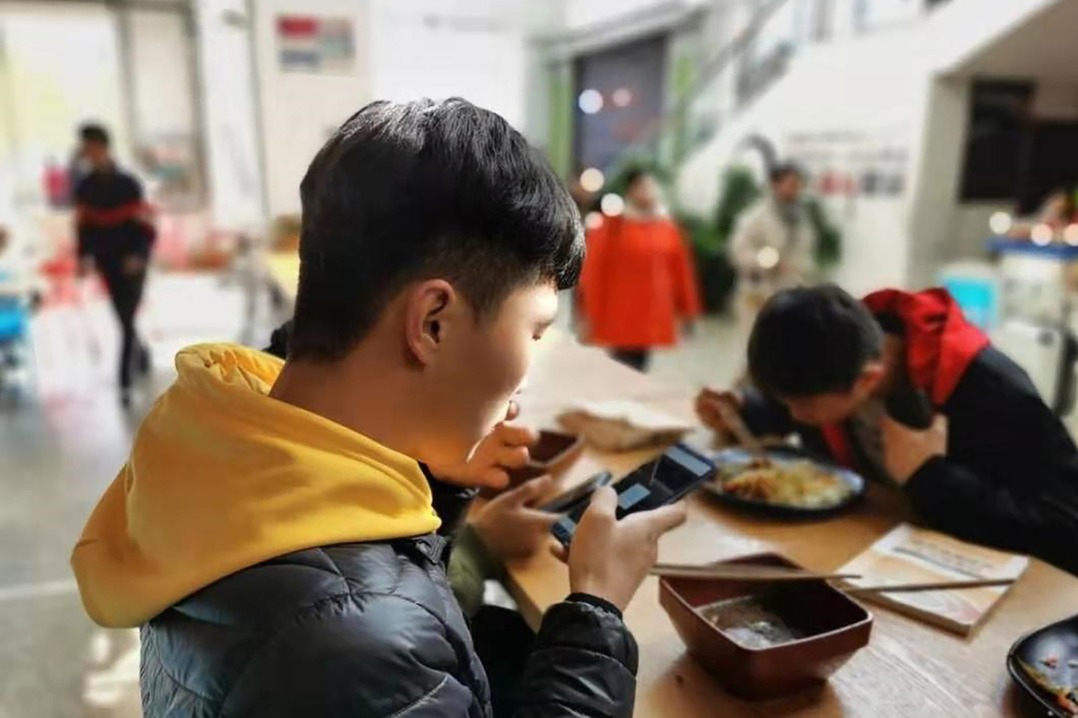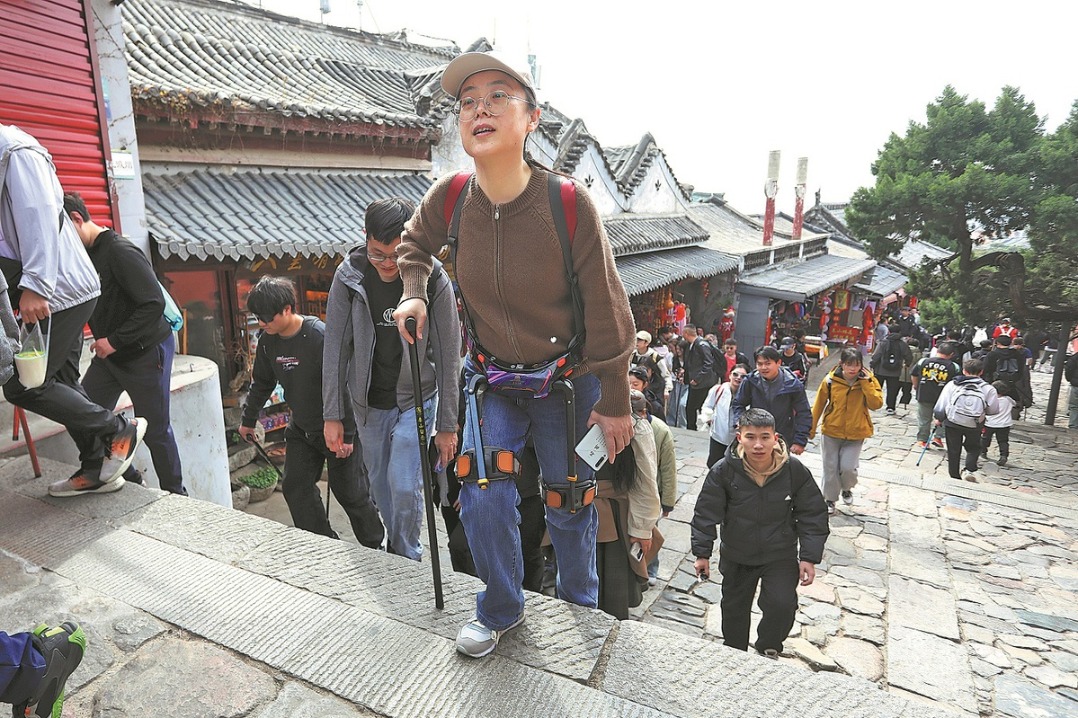Alipay, UnionPay agree mobile payment deal for interconnectivity
By He Wei in Shanghai | chinadaily.com.cn | Updated: 2021-12-02 19:21
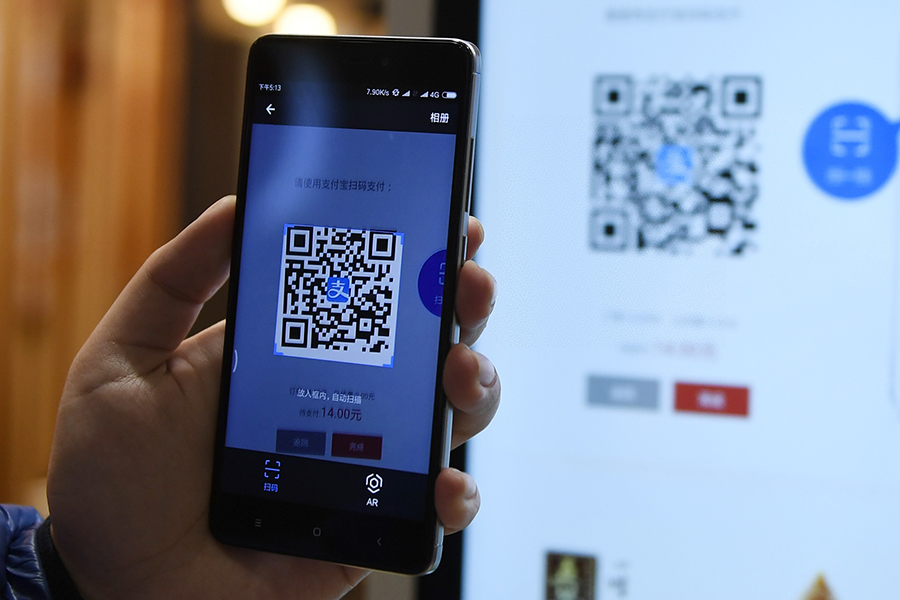
China's popular mobile wallet Alipay announced on Thursday it has achieved mutual recognition of QR code for receiving payment from China UnionPay, the latest progress in enhancing interconnectivity with the bank card association.
The pair started jointly exploring barcode payment interconnectivity last year and has since piloted the function in China's major cities such as Beijing, Tianjin, and Guangzhou and Shenzhen in Guangdong province before rolling out nationwide, Alipay said in its official social media account.
Together with China UnionPay, Alipay also made its QR code available to 28 banks and financial institutions such as Industrial and Commercial Bank of China, Bank of China and Mi Pay. Under the framework, users can scan Alipay's indigenous code using the mobile apps of the banks, the Cloud QuickPass of China UnionPay, and other financial institutions.
"In the future, we will continue to work closely with China UnionPay and other partners in exploring more scenarios to improve user experience. We want to enhance interconnectivity in mobile payments and contribute to a more open and shared digital ecosystem," Alipay said in the statement.
The interconnectivity between Alipay and China UnionPay features openness, sharing, security and order for the future, Alipay said.
The People's Bank of China, the central bank, has long promoted interconnectivity of barcode payments. In its Fintech Development Plan 2019-2021, the central bank asked online payment service providers to remove barriers by developing technical standards as well as forming a technical system for the linkage and unifying barcode payment coding rules.
On Sept 30, Tencent announced that WeChat Pay and China UnionPay realized mutual scanning and mutual recognition of their barcodes. Users in China's provincial capital cities can complete transactions by using Cloud QuickPass to scan WeChat's collection codes.
Ling Shanshan contributed to this story.





